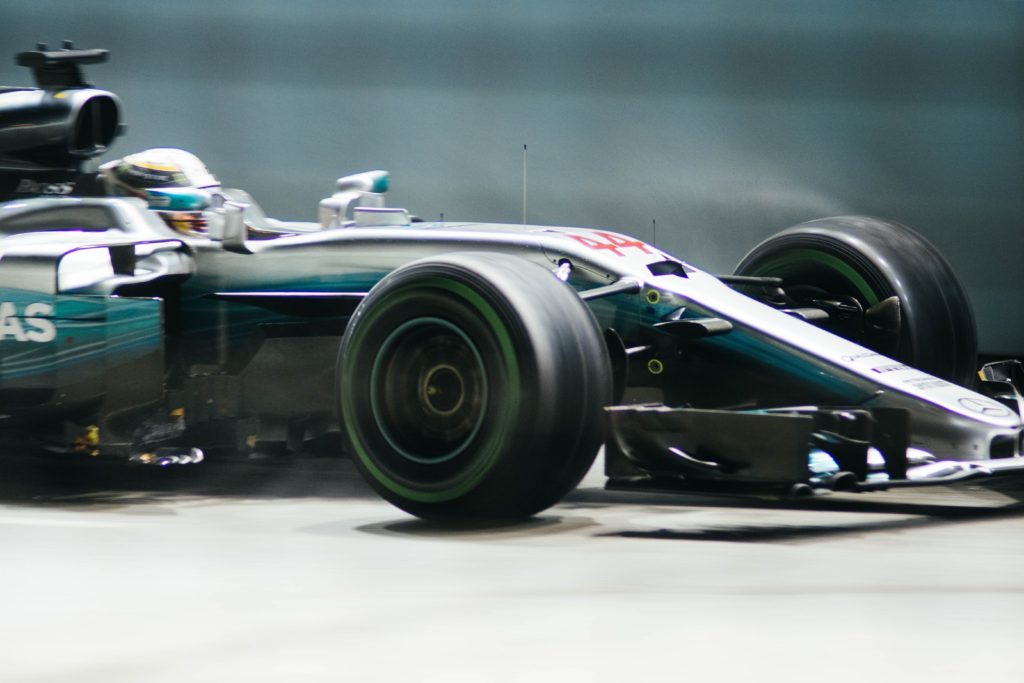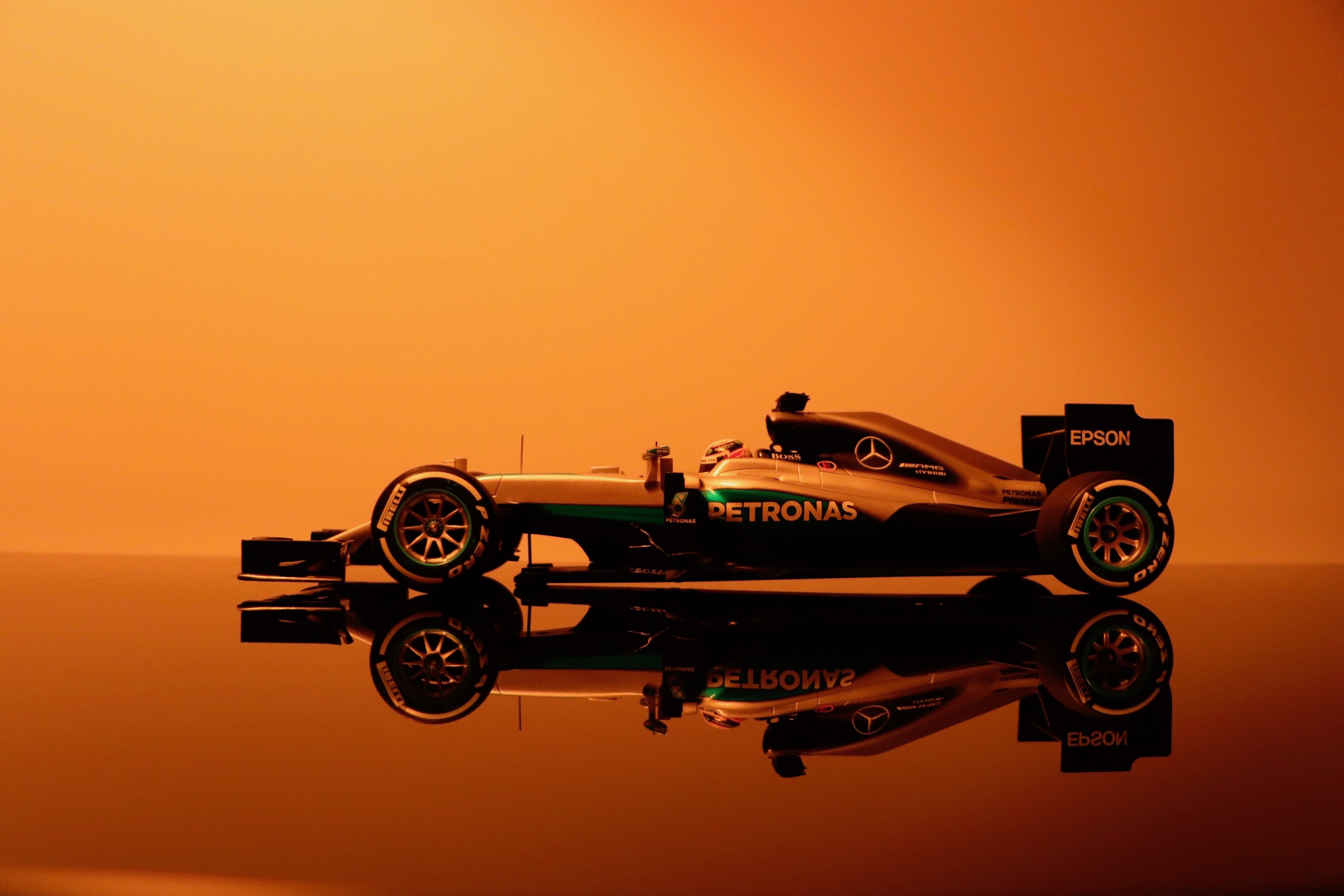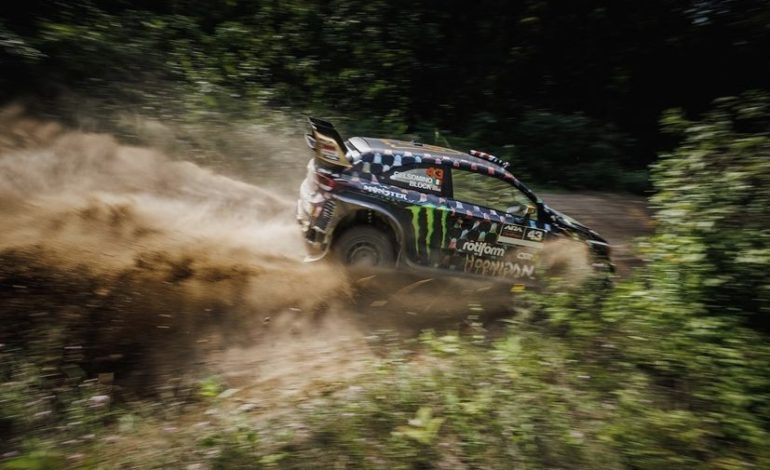Long-time Formula One (F1) fans have recently been treated to some of the racing series’ most exciting years—especially in relation to this year’s massive rule changes. Meanwhile, bandwagon fans that showed interest after Netflix released its Drive to Survive series might instead be focused on driver dynamics… and a certain Dutch-born champion.

Regardless of when and how F1 fans were introduced to the racing series, it has seized headlines around the world since 2019. Formula One has benefitted greatly from this exposure. Which has boosted big-name sponsorships as brands scramble to get in front of the sport’s growing audience.
For example, PokerStars penned a multi-year sponsorship contract with Red Bull, where Verstappen and Sergio Perez are currently racing. Meanwhile, Mercedes (Lewis Hamilton, George Russell) penned a huge deal with INEOS and Ferrari (Charles LeClerc, Carlos Sainz) with Spanish bank Santander.
But audiences are more focused on their favorite drivers, and not solely focused on their favorite team’s sponsors. Now that Verstappen has interrupted Hamilton’s multi-year driver championship run and Mercedes continues to struggle with its vehicle this season, all eyes are on the incoming generation of drivers—and where Formula One might be five years from now.
A New Battle of the Greats: LeClerc vs. Verstappen
This season, Hamilton has faced car troubles that have kept him in the middle of the pack. While many analysts believe that Hamilton will still pose a threat should Mercedes rectify its vehicle woes, some are eyeing Verstappen and LeClerc as frontrunners for the driver’s championship in the coming years.
And that’s just the beginning. Right now, Ferrari and Red Bull both offer priority to LeClerc and Verstappen, respectfully. With the closest margins for victory, neither constructor is pushing Sainz (Ferrari) or Perez (Red Bull) to the front of the pack. With Perez hungrier than ever for podium placements, he may edge his way into first in the coming years.
More Urban Appeal
The Formula One World Championship branched out this year with the inaugural Miami Grand Prix. Prior to the season start, officials signed a 10-year contract with the racetrack. Luckily, the first race was a hit for drivers and fans. Which is good because Formula One also signed a multi-year deal to start a new Grand Prix in Las Vegas in 2023. Looking ahead, F1 will continue to focus on high-traffic urban areas to encourage more spectators to attend its Grand Prix.

A Push for Sustainability
Along with a push for more visibility in urban areas for crossover sports fans, Formula One also wants to create more policies around sustainability. In fact, by 2030, F1 plans on becoming net zero in terms of carbon impact. The first item on its agenda is to create a 100% sustainable fuel. Given the scientists behind F1 have figured out how to keep a car careening around corners at speeds of over 100mph, it should be well within reaching distance for the racing series.
Vehicle Updates Designed to Shake Things Up
Heading into the 2022 season, Formula One introduced a series of new rule changes (with the next set of revisions planned for 2026). Designed to empower lower-performing teams, the changes are to rise in the rankings. These rules have been specifically designed to foster more exciting races.
This relates particularly to overtaking. To enable drivers to overtake more on the track, F1 considered issues like downforce loss. Downforce loss occurs when a driver is trailing another car. The added heat lessens the car’s downforce capabilities, which makes passing almost impossible. But not anymore, the 2022 F1 car has been designed to mitigate the loss of ground forces. This means the next five years should see a bit of added zeal on the track… so long as a constructor nails their design.
An International Uptick
Modern Formula One racing is quickly becoming an international affair. Though F1 has always been a globally-spanning racing series, it’s not just the fandom that stretches the globe. Instead, top drivers are now representing countries around the world. The trend will only gain speed in the coming years. For example, this year, Guanyu Zhou became the first Chinese F1 driver when he hit the circuits with Alfa Romeo.
For more on the world of racing, make sure to check out Belly Up Sports. Don’t forget to follow us on Twitter.






